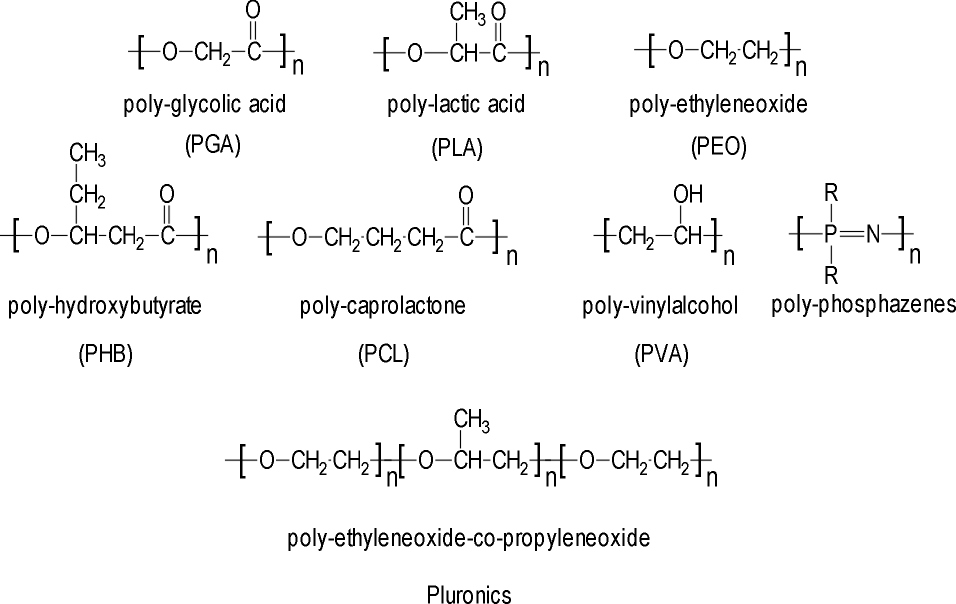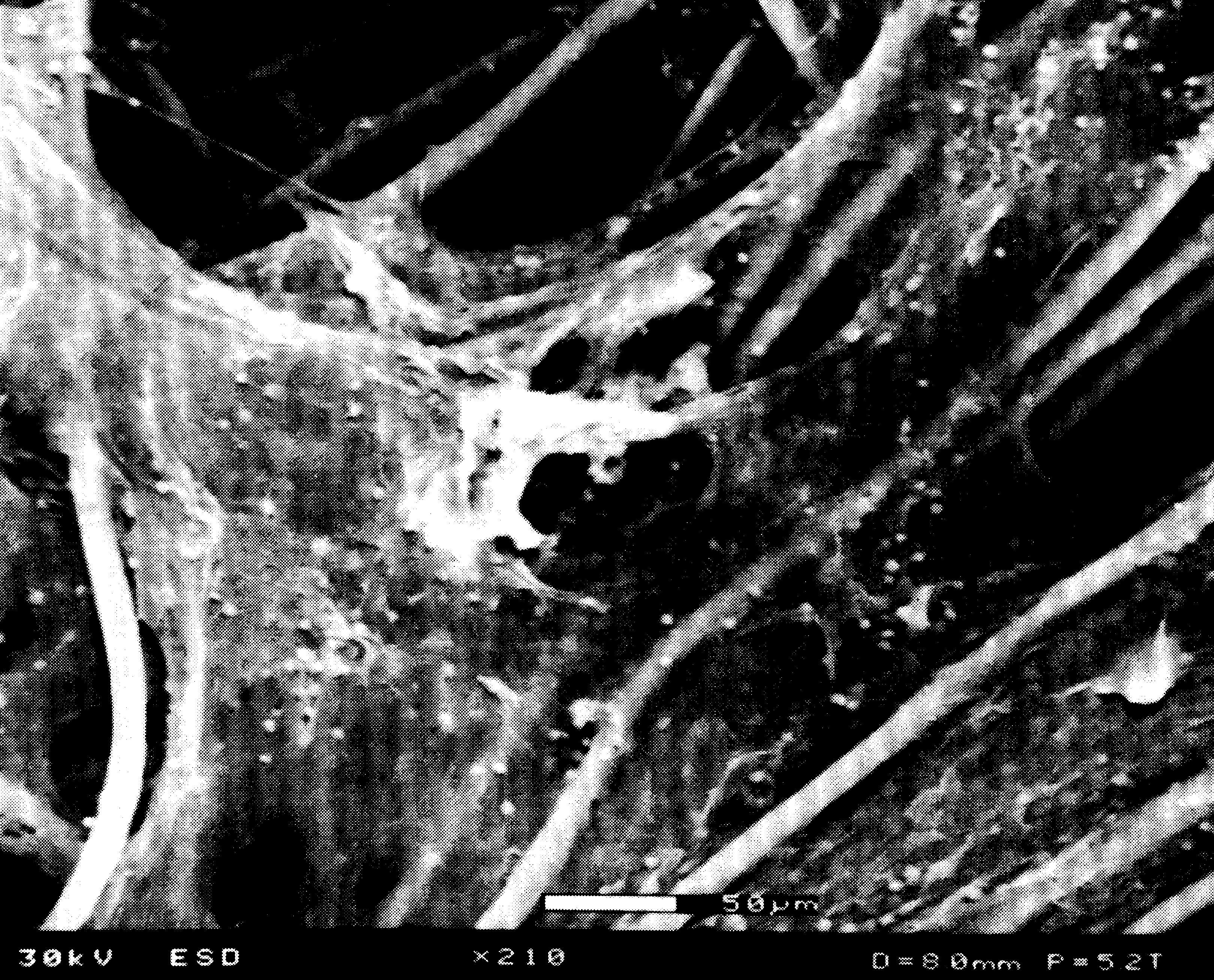
In the medical field there has been a great surge in interest for the ability to engineer tissue as a route to enhanced healing with tissues that are genetically the same as the host body. Biotechnology has reached a point where cells can be cultured and grown but succesful delivery and subsequent growth of these tissues in-vivo has been stymied by the lack of suitable matrix for growth. In most cases the engineered tissues cannot be simply injected into an organism but require a solid support that not only provides a place for growth but possibly enhances growth and upon development of the tissue biodegraded leaving the self-supporting tissue in place. Much work has been done to utilize synthetic biodegradable polymers in this type of application and is a fascinating area of composite engineering.
It is critical then to choose appropriate materials for this type of endeavour and the materials must follow the following criteria in order to be used in this application.
The materials used thus far and the most extensively can be viewed below.

All of these materials have thus far proven useful with respect to many of the criteria mentioned above including formability, biodegradability and biocompatibility. Also the microstructure of these materials can provide ideal matrices for cell delivery and growth as pictured below.

SEM image of chondrycytes seeded on a PGA scaffold. The rod like shapes are the polymer fiber and the dots are cultured chrodrycyte cells
Extensive work has been done to bioengineer polymer/cartilage and bone composites, to learn more about this click here.